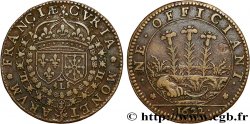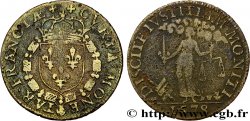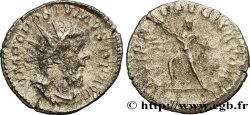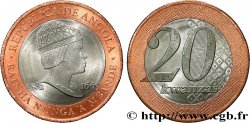Obverse
Obverse legend : CVRIA. MONETAR. FRANCIAE.
Obverse description : Écu de France couronné entre deux rameaux et accosté de deux croissants couronnés.
Reverse
Reverse legend : À L’EXERGUE 1557.
Reverse description : Croissant couronné accosté de deux lys sous un lambrequin couronné, le tout cerné de deux palmes.
Historical background
COUR DES MONNAIES DE PARIS
(1552-1791)
In the Middle Ages, the Chamber of coins, located in the Palace, in the same premises as the Chamber of Accounts, was responsible for monitoring mints.. In 1522, Francis I gave it the powers of a real court to judge cases relating to counterfeit coin.. In 1552, Henry II erected this Chamber into a sovereign court, better known as the Cour des coins de Paris. The Court of coins of Paris had, in addition to its judicial powers, a political function (remonstrances, drafting of certain edicts. . . ) and control over weights and measures (it kept in particular the so-called "Charlemagne" pile). From 1704 to 1771 it gave up part of its jurisdiction in favor of the Cour des coins de Lyon. The Paris coin Court was abolished in 1791, during the Revolution. The Provost General of coins was a company responsible for policing coins and enforcing the judgments of the Cour des coins in the 17th and 18th centuries.. At its head, the provost general of the coins was an officer established to know the crimes of counterfeit coin and to instruct summarily the trials of counterfeit coin, the proceedings of which were then presented to the Court of the coins.









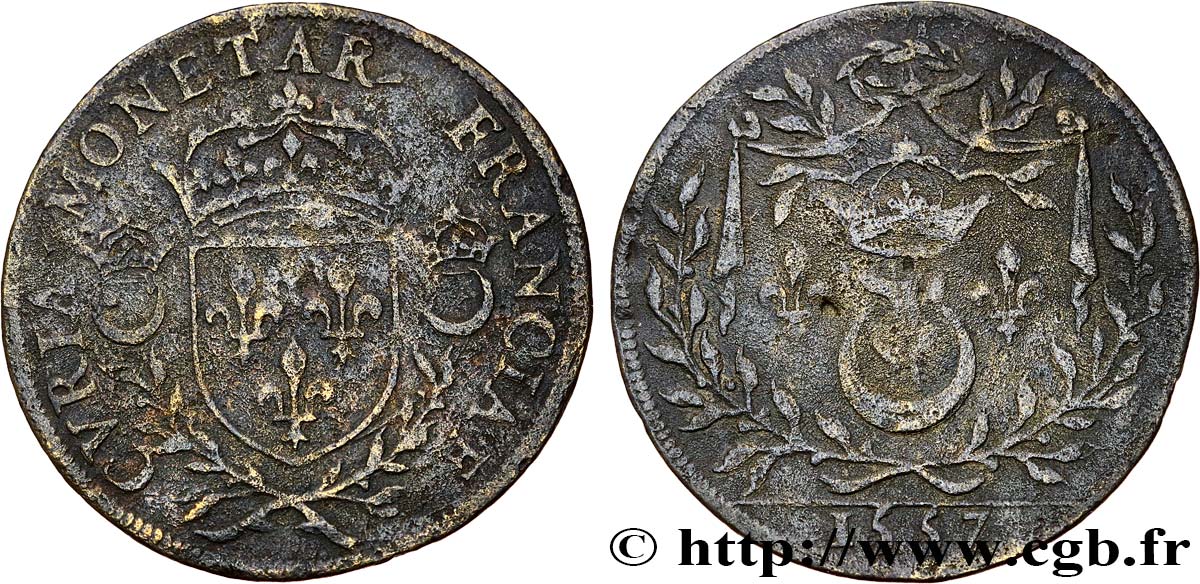
 Report a mistake
Report a mistake Print the page
Print the page Share my selection
Share my selection Ask a question
Ask a question Consign / sell
Consign / sell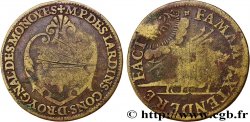
 Full data
Full data
